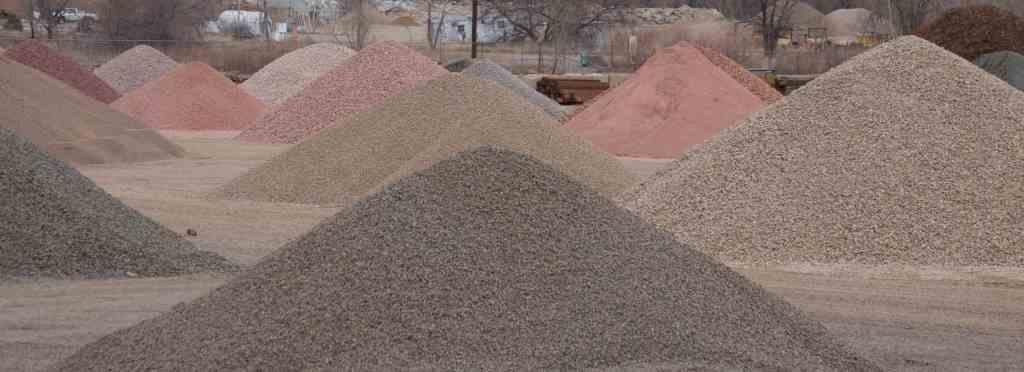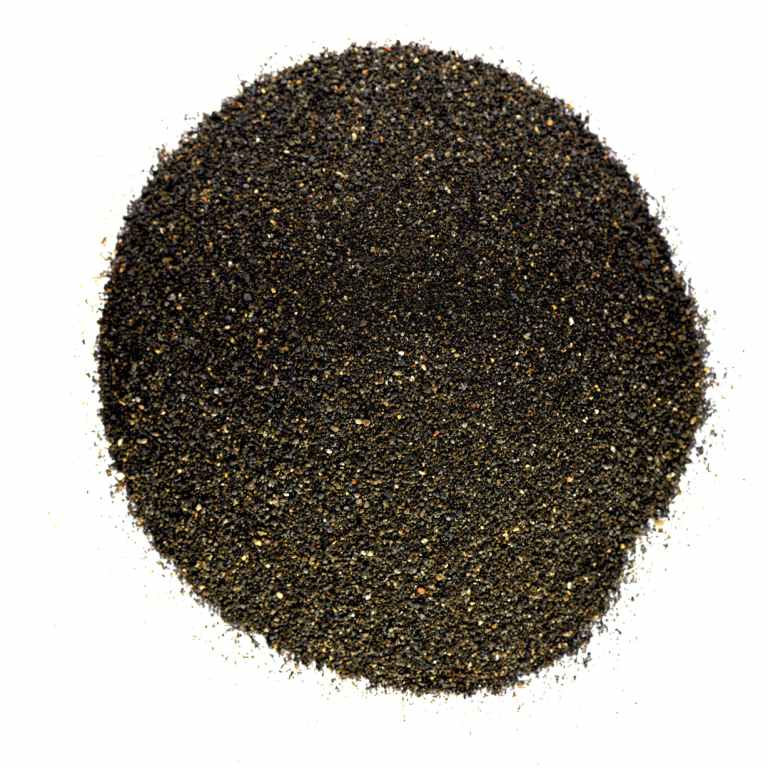
Aggregates are the most widely used products during the construction. Aggregates are the granular materials used as ingredients to make up the proportion of concrete. These materials include gravel, sand, or crushed stone mixed with water which is all added to the cement mixture to create concrete. The most common size of aggregate used in the concrete mix is 20 mm for coarse aggregate and particle size less than 4.75 mm for fine aggregate.
According to nature of the formation of aggregates, they are classified as:
- Natural Aggregates
- Crushed Aggregates
According to the shape of aggregates, they are classified as:
- Rounded shaped
- Irregular or partly rounded shaped
- Angular shaped
- Flaky shaped aggregate
We already discussed the classification of aggregates according to the shape and nature of formation. Here we discuss the size wise classification of aggregates.
In nature, aggregates are available in different sizes. The size of aggregate used may be related to the concrete mix proportions, type of the work etc. The size of aggregate is mainly divided into two categories:
01. Fine Aggregate
02. Coarse Aggregate
01. Fine Aggregates:
Basically during sieve analysis, if the aggregates pass through 4.75mm IS sieve than those types of aggregates falls into fine aggregates category. It means Fine aggregates have a particle size less than 4.75mm. According to sources, fine aggregates can be further classified as
(a) Natural Sand:
It is the fine aggregate resulting from the natural disintegration of rock. It is deposited by streams or glacial agencies.
(b) Crushed Gravel Sand:
It is the fine aggregate which is produced by crushing hard gravel.
(c) Crushed Stone Sand:
It is the fine aggregate which is produced by crushing natural stone.
02. Coarse Aggregates:

The size of the aggregate bigger than 4.75 mm is considered as the coarse aggregate i.e. basically, all other aggregates which are retained on 4.75mm IS sieve while sieve analysis is performed. According to sources of coarse aggregates, it can be further classified as:
(a) Uncrushed Gravel or Stone:
It results from natural disintegration of rock.
(b) Crushed Gravel Stone:
It results from the crushing of gravel or hard stone.
Perhaps, 80 mm size is the maximum size that could be conveniently used for concrete making. Usually, the 20 mm size of aggregates is generally considered satisfactory for reinforced concrete work.


































